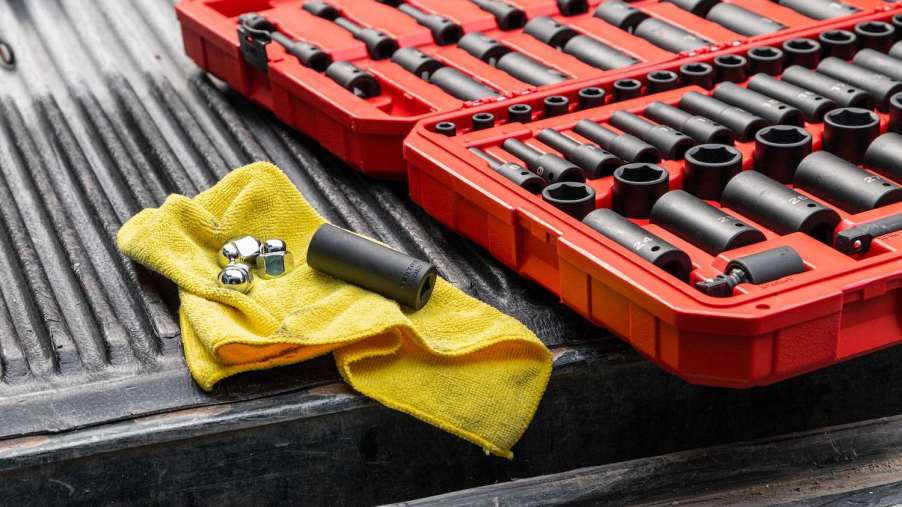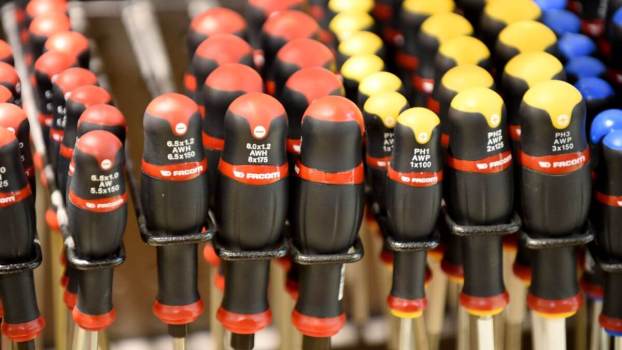
4 Safety Tips for DIY Car Maintenance at Home
Whether it’s for financial reasons or you just enjoy turning wrenches, working on your own cars is a great skill to have. But proper DIY car maintenance means more than understanding the difference between brake discs and drums. You also have to know how to safely work on your car at home before you can get the job done. Here are 4 easy ways to ensure your safety while wrenching.
Quality jack stands are the key to safe DIY car maintenance
This is an easy one, but one that may be easy to ignore. But any time you’re working underneath your vehicle, use more than just a floor (or spare tire!!) jack for support. Floor jacks are on wheels and feature hydraulic cylinders that can create instability and unexpectedly fail.
That will leave you with almost no time to escape the falling tons of metal that are above you. The results are often deadly (Boston 25 News via Yahoo), and always serious. Even if you escape injury during this potentially dangerous car maintenance task, your vehicle almost certainly will not.
Place a wheel beneath the frame rails to safely maintain your car at home
In addition to quality jack stands, you should also place a wheel-mounted tire under the frame rails near the jack stands. This extra safety precaution can be a lifesaver if the high torque of freeing a stuck bolt rocks the vehicle enough to upset the jack stands.
That falling vehicle will land on the tire, helping keep it from falling onto you directly. This will also protect the underbody components, so you’ll avoid any additional costly repairs from a vehicle falling off of jack stands.
Importantly, this is not a substitute for the jack stands themselves. The vehicle can still be a danger, and most wheels aren’t tall enough to completely prevent an injury, especially if you are fully beneath the vehicle. However, it can reduce the severity and give you enough space to wriggle free.
Breaker bars and penetrating oils are your friend

Freeing stuck bolts is one of the most dangerous parts of DIY car maintenance. The torque of attempting to free those rusted fasteners can sometimes be enough to knock the vehicle off of even sturdy jack stands. With the right tools, though, you can work safely and still get the job done.
A good penetrating oil will work its way into the threads of those rusted-on bolts to help free things up. And with a breaker bar, you’ll be safer working on your car in two ways. One, the leverage will make it easier to remove stuck bolts without upsetting the whole vehicle. And two, the added length means you won’t be directly beneath the vehicle as you finally crack that bolt free.
Use catch buckets to keep your work surfaces safe
On a garage floor or paved driveway, spilling oil and fluids during car maintenance tasks can create dangerous situations. Both slipping and fire hazards are elevated with these viscous liquids coating your work surfaces. If you know you’ll be changing oil, transmission fluid, or coolant, keep a drip tray beneath your vehicle to work safely on your car at home.
Use these DIY car maintenance tips and get wrenching!
Summer is already halfway gone. If you’re getting started on any wrenching projects, use these DIY car maintenance tips to work safely and get the job done right.




